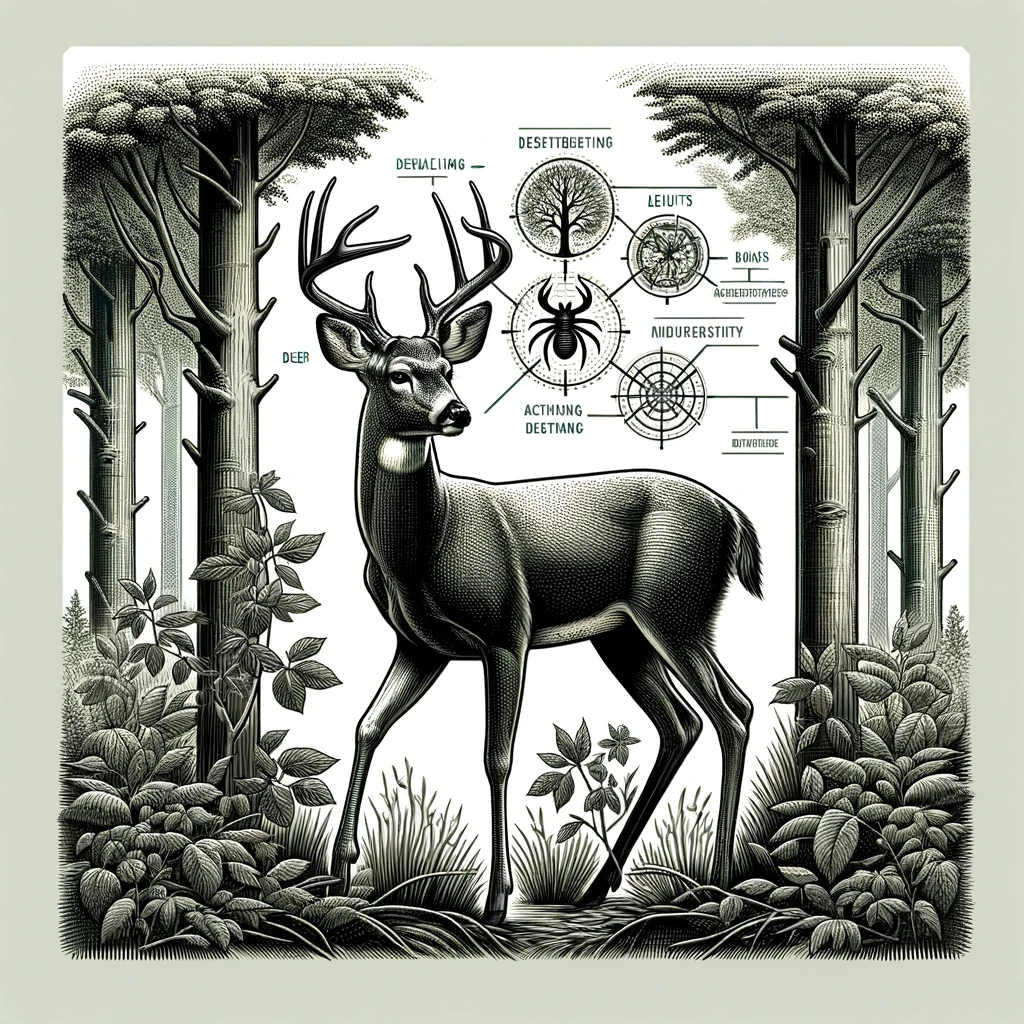Understanding Chronic Wasting Disease (CWD)
Chronic Wasting Disease (CWD) is a prion disease affecting deer, elk, and moose. It’s similar to mad cow disease in cattle and Creutzfeldt-Jakob disease in humans. CWD causes a characteristic spongiform degeneration of the brains of infected animals, resulting in emaciation, abnormal behavior, loss of bodily functions, and death.
Human Risk Assessment
As of this writing in November 2023, there has been no confirmed case of CWD transmission to humans. However, this does not entirely rule out the possibility. The concern stems from the fact that similar diseases, like mad cow disease, have made the species jump to humans.
Studies and Precautions
- Research Evidence: Research on CWD has primarily focused on understanding how it spreads among deer and elk. While laboratory studies have shown that CWD can be transmitted to animals with a closer genetic makeup to humans, such as monkeys, these are controlled conditions not entirely representative of natural exposure.
- Precautionary Principle: Given the uncertain nature of prion diseases, health officials and wildlife agencies recommend a precautionary approach. Hunters in areas where CWD is known to occur are advised to test their game for CWD and avoid consuming meat from infected animals.
Consumption of Deer Meat
The Centers for Disease Control and Prevention (CDC) and other health agencies have issued guidelines for hunters:
- Testing: In areas where CWD is present, hunters should get their deer tested before consuming the meat.
- Avoiding Certain Parts: It’s advised to avoid eating the brain, spinal cord, eyes, spleen, tonsils, and lymph nodes of harvested deer.
- Safe Handling: Hunters should wear gloves when handling carcasses and use dedicated tools.

